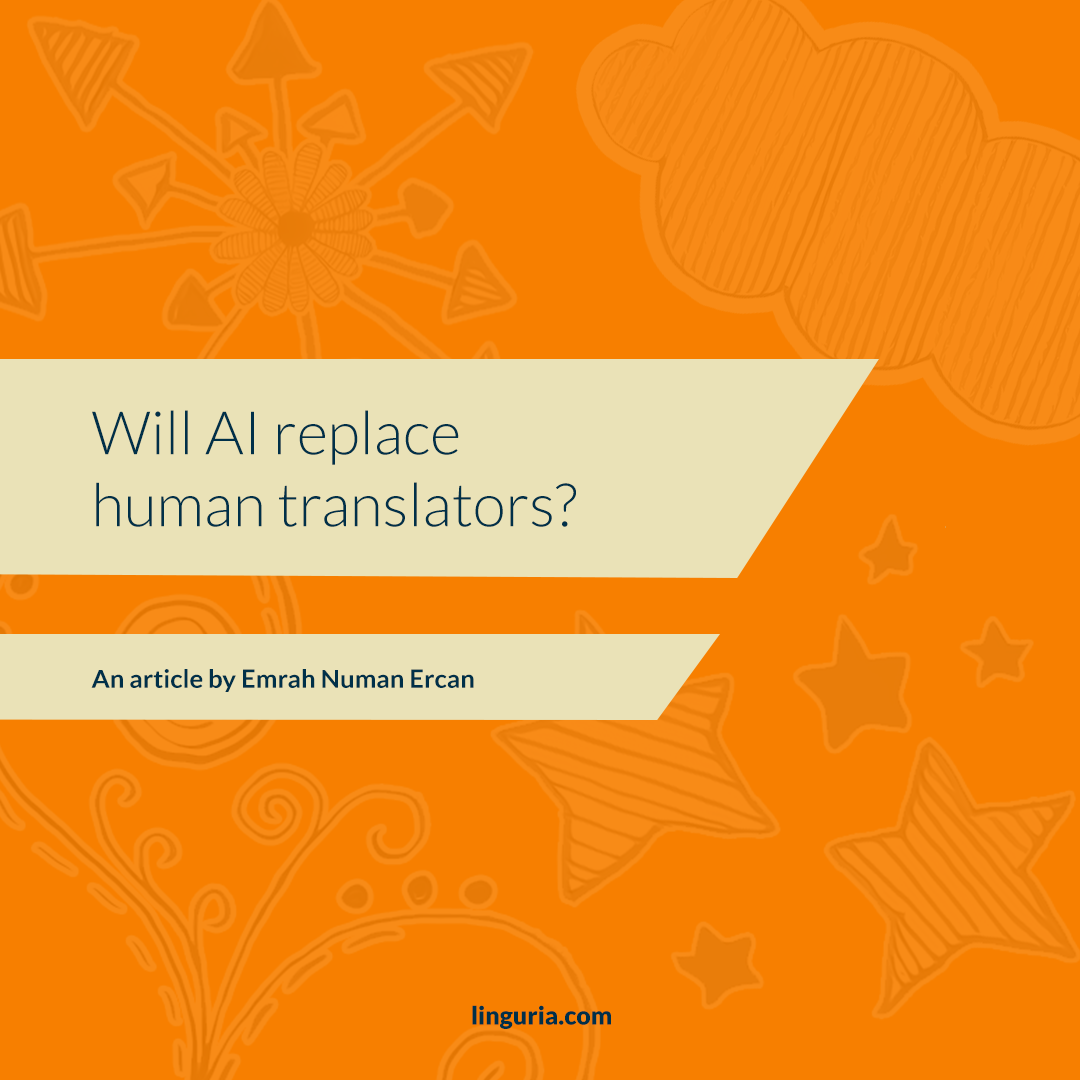AI technologies are increasingly put to use in translation services, and they are getting better by the day. The vexed question is if they will ever get good enough to completely replace human translators. Unfortunately, like many other puzzling aspects of life, there is no straightforward answer to this mystery. Yes, the accuracy and fluency of machine translation has improved immensely thanks to the use of artificial neural networks. These networks are particularly good at recognizing patterns, so in the near future, neural machine translation (NMT) may easily become the cheaper and faster option for the routine translation of formal documents, such as certificates, diplomas, etc., or for handling basic conversation. However, the world of translation is not limited to those. Human communication is extremely context dependent and is plagued with linguistic twists and turns. Figures of speech, metaphors, idioms, literary allusions all need to be interpreted with both the source & target culture and the timeframe in mind. The meaning is elusive. Even the slightest nuance may result in extreme changes in the meaning if the machine does not comprehend a specific cultural reference. This is why we will probably need human translators for generations to come.


